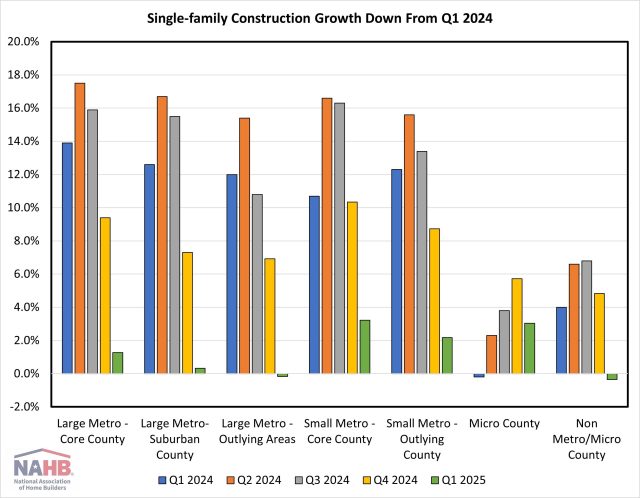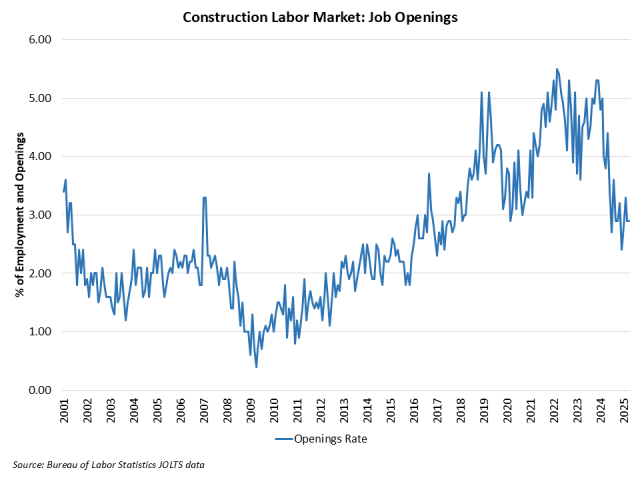NAHB-Supported Energy Choice Act Introduced in Congress
Diana Carroll2025-06-04T15:15:51-05:00At NAHB’s urging, the House and Senate have introduced legislation that would prevent state or local governments from banning the use of gas in homes and buildings.





